1. Afdhal NH, Nunes D. Evaluation of liver fibrosis: a concise review. Am J Gastroenterol. 2004; 99:1160–1174. PMID:
15180741.

2. Blumenkrantz G, Zuo J, Li X, Kornak J, Link TM, Majumdar S. In vivo 3.0-tesla magnetic resonance T1rho and T2 relaxation mapping in subjects with intervertebral disc degeneration and clinical symptoms. Magn Reson Med. 2010; 63:1193–1200. PMID:
20432290.
3. Borthakur A, Sochor M, Davatzikos C, Trojanowski JQ, Clark CM. T1rho MRI of Alzheimer's disease. Neuroimage. 2008; 41:1199–1205. PMID:
18479942.
4. Pakin SK, Xu J, Schweitzer ME, Regatte RR. Rapid 3D-T1rho mapping of the knee joint at 3.0T with parallel imaging. Magn Reson Med. 2006; 56:563–571. PMID:
16894582.
5. Santyr GE, Henkelman RM, Bronskill MJ. Spin locking for magnetic resonance imaging with application to human breast. Magn Reson Med. 1989; 12:25–37. PMID:
2607958.

6. Virta A, Komu M, Lundbom N, Jääskeläinen S, Kalimo H, Airio A, et al. Low field T1rho imaging of myositis. Magn Reson Imaging. 1998; 16:385–391. PMID:
9665549.
7. Lamminen AE, Tanttu JI, Sepponen RE, Pihko H, Korhola OA. T1 rho dispersion imaging of diseased muscle tissue. Br J Radiol. 1993; 66:783–787. PMID:
8220948.
8. Wang YX, Yuan J, Chu ES, Go MY, Huang H, Ahuja AT, et al. T1rho MR imaging is sensitive to evaluate liver fibrosis: an experimental study in a rat biliary duct ligation model. Radiology. 2011; 259:712–719. PMID:
21436087.
9. Sirlin CB. Science to practice: can T1rho imaging be used to diagnose and assess the severity of hepatic fibrosis? Radiology. 2011; 259:619–620. PMID:
21602499.
10. Zhao F, Wang YX, Yuan J, Deng M, Wong HL, Chu ES, et al. MR T1ρ as an imaging biomarker for monitoring liver injury progression and regression: an experimental study in rats with carbon tetrachloride intoxication. Eur Radiol. 2012; 22:1709–1716. PMID:
22752522.

11. Deng M, Zhao F, Yuan J, Ahuja AT, Wang YX. Liver MR T1ρ measurement in healthy human subjects at 3 T: a preliminary study with a two-dimensional fast-field echo sequence. Br J Radiol. 2012; 85:e590–e595. PMID:
22422392.
12. Charagundla SR, Borthakur A, Leigh JS, Reddy R. Artifacts in T(1rho)-weighted imaging: correction with a self-compensating spin-locking pulse. J Magn Reson. 2003; 162:113–121. PMID:
12762988.
13. Li X, Han ET, Busse RF, Majumdar S. In vivo T(1rho) mapping in cartilage using 3D magnetization-prepared angle-modulated partitioned k-space spoiled gradient echo snapshots (3D MAPSS). Magn Reson Med. 2008; 59:298–307. PMID:
18228578.
14. Fleiss JL. Reliability of measurement. The design and analysis of clinical experiments. 1986. New York: John Wiley & Sons.
15. Santyr GE, Fairbanks EJ, Kelcz F, Sorenson JA. Off-resonance spin locking for MR imaging. Magn Reson Med. 1994; 32:43–51. PMID:
8084236.

16. Fleysher R, Fleysher L, Gonen O. The optimal MR acquisition strategy for exponential decay constants estimation. Magn Reson Imaging. 2008; 26:433–435. PMID:
18093779.

17. Cheon JE, Kim IO, Seo JK, Ko JS, Lee JM, Shin CI, et al. Clinical application of liver MR imaging in Wilson's disease. Korean J Radiol. 2010; 11:665–672. PMID:
21076593.

18. Faria SC, Ganesan K, Mwangi I, Shiehmorteza M, Viamonte B, Mazhar S, et al. MR imaging of liver fibrosis: current state of the art. Radiographics. 2009; 29:1615–1635. PMID:
19959511.

19. Shim JH, Yu JS, Chung JJ, Kim JH, Kim KW. Segmental difference of the hepatic fibrosis from chronic viral hepatitis due to hepatitis B versus C virus infection: comparison using dual contrast material-enhanced MRI. Korean J Radiol. 2011; 12:431–438. PMID:
21852903.

20. Talwalkar JA, Yin M, Fidler JL, Sanderson SO, Kamath PS, Ehman RL. Magnetic resonance imaging of hepatic fibrosis: emerging clinical applications. Hepatology. 2008; 47:332–342. PMID:
18161879.

21. Luciani A, Vignaud A, Cavet M, Nhieu JT, Mallat A, Ruel L, et al. Liver cirrhosis: intravoxel incoherent motion MR imaging--pilot study. Radiology. 2008; 249:891–899. PMID:
19011186.

22. Wang YX. Medical imaging in pharmaceutical clinical trials: what radiologists should know. Clin Radiol. 2005; 60:1051–1057. PMID:
16179164.

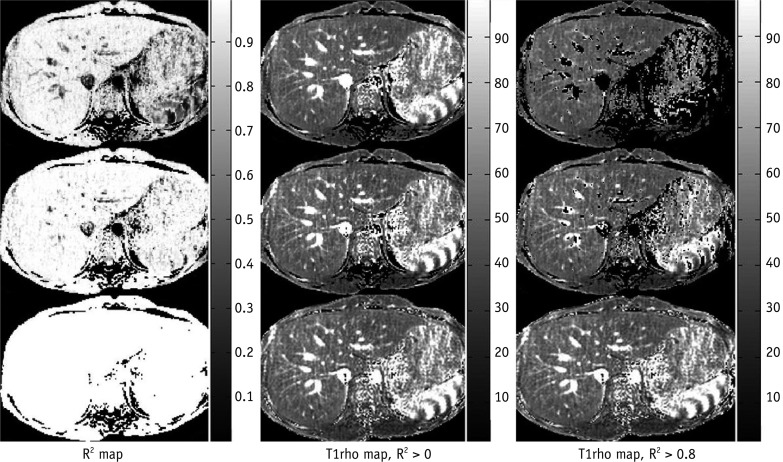




 PDF
PDF ePub
ePub Citation
Citation Print
Print


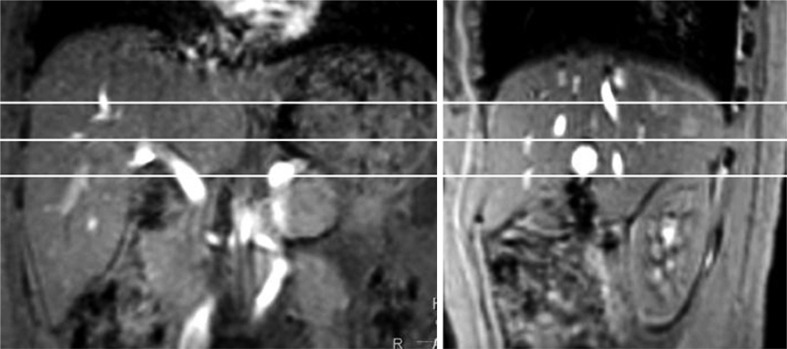
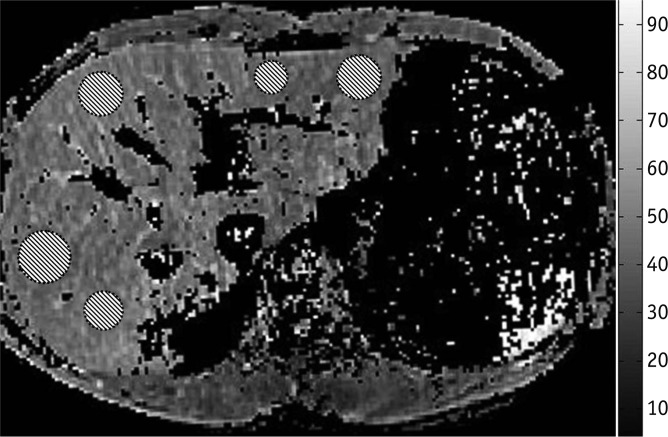
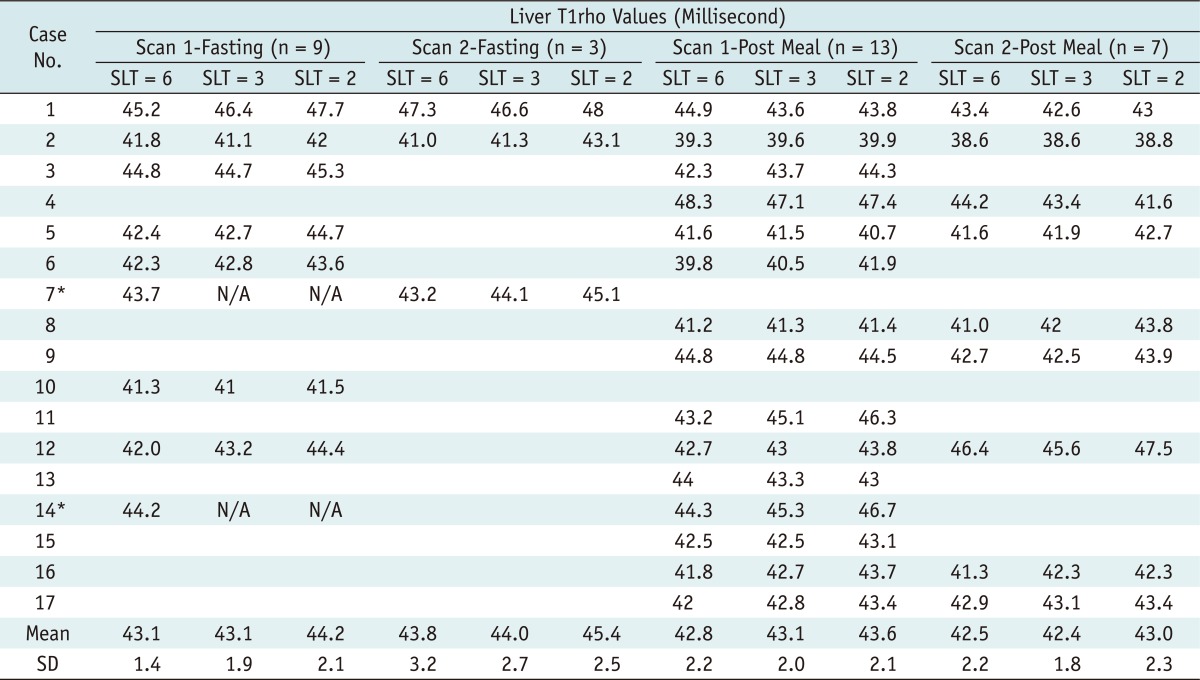
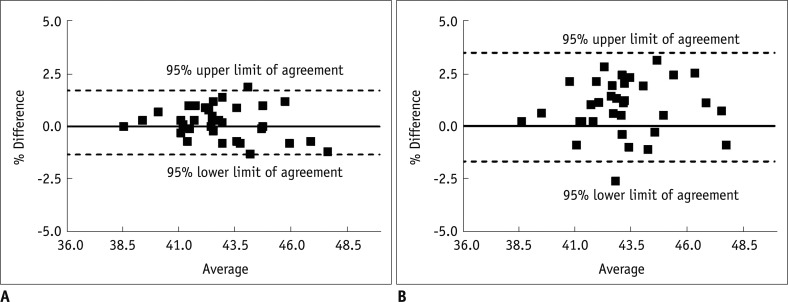
 XML Download
XML Download